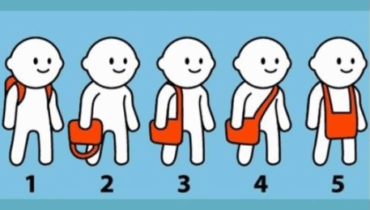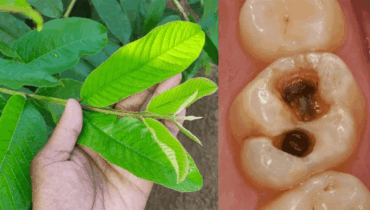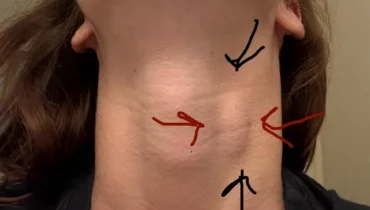📌 Hidradenitis Suppurativa Affects 1% Globally, New Study Finds

Posted 3 September 2025 by: Admin
A new meta-analysis sheds light on hidradenitis suppurativa (HS), revealing it is far more common than previously thought — affecting nearly 1 in 100 people worldwide, with women at higher risk.
Global Prevalence of Hidradenitis Suppurativa
A large-scale analysis of 25 international studies involving 22,743 participants found that hidradenitis suppurativa (HS) affects an estimated 0.99% of the global population. This condition, characterized by painful, recurring nodules and abscesses, has been significantly underrecognized in past medical reporting.
Methodology Behind the Findings
Researchers applied the standardized Global Hidradenitis Suppurativa Atlas methodology across six continents and 23 countries. The study excluded the United States but included regions in Asia, Europe, South America, and the Middle East. Participants underwent initial questionnaire screening followed by clinical confirmation of HS.
Of the total sample, 247 cases of HS were identified, with a median patient age of 34.5 years. Women made up more than half of the confirmed cases, reinforcing gender disparities in prevalence.
Striking Regional Differences
The analysis revealed sharp contrasts across regions. Lowest prevalence rates were observed in Bangladesh (0.13%), Greece (0.18%), and Sri Lanka (0.20%). In contrast, highest rates were found in Saudi Arabia (4.07%), France (3.43%), Chile (2.40%), and Oman (2.07%).
These disparities suggest that HS prevalence is shaped by a mix of genetic factors, environmental conditions, healthcare access, and diagnostic awareness.
Gender Disparity and Key Findings
The meta-analysis confirmed that women are significantly more likely to be affected by HS than men (regression coefficient: 1.02). However, no other lifestyle or demographic markers showed strong associations with the condition.
Overall, the study positions HS as a global public health concern, rather than a rare disorder as once believed.
What This Means for Clinical Practice
The findings highlight an urgent need for greater awareness and earlier diagnosis. The authors emphasize that nearly 1 in 100 people may be living with HS, many undiagnosed or misdiagnosed. They call for multinational research to explore why prevalence is dramatically higher in certain regions and to improve global screening efforts.
Beyond physical pain, HS carries a significant psychological and social burden, underscoring the importance of early intervention and equitable access to care.




















